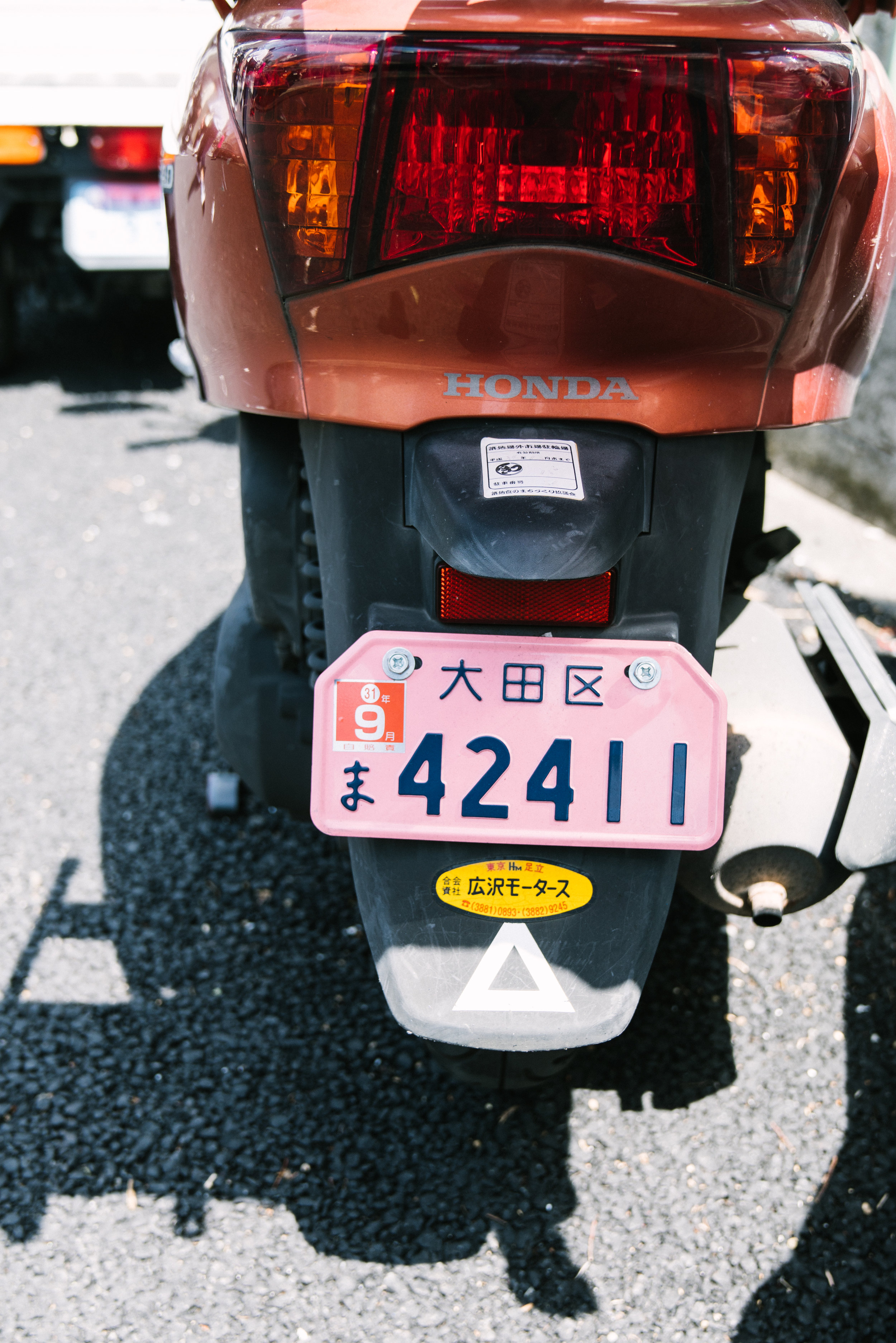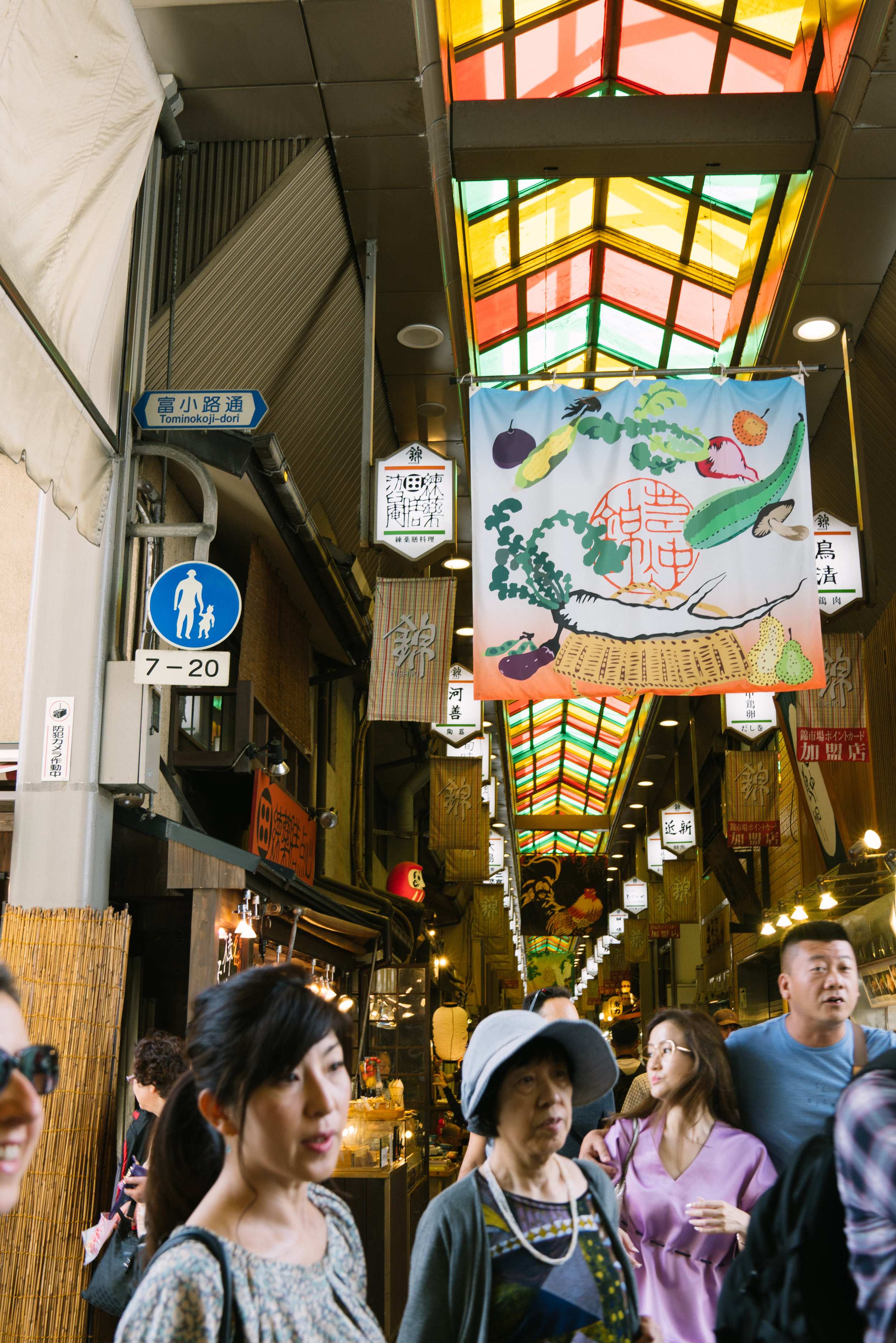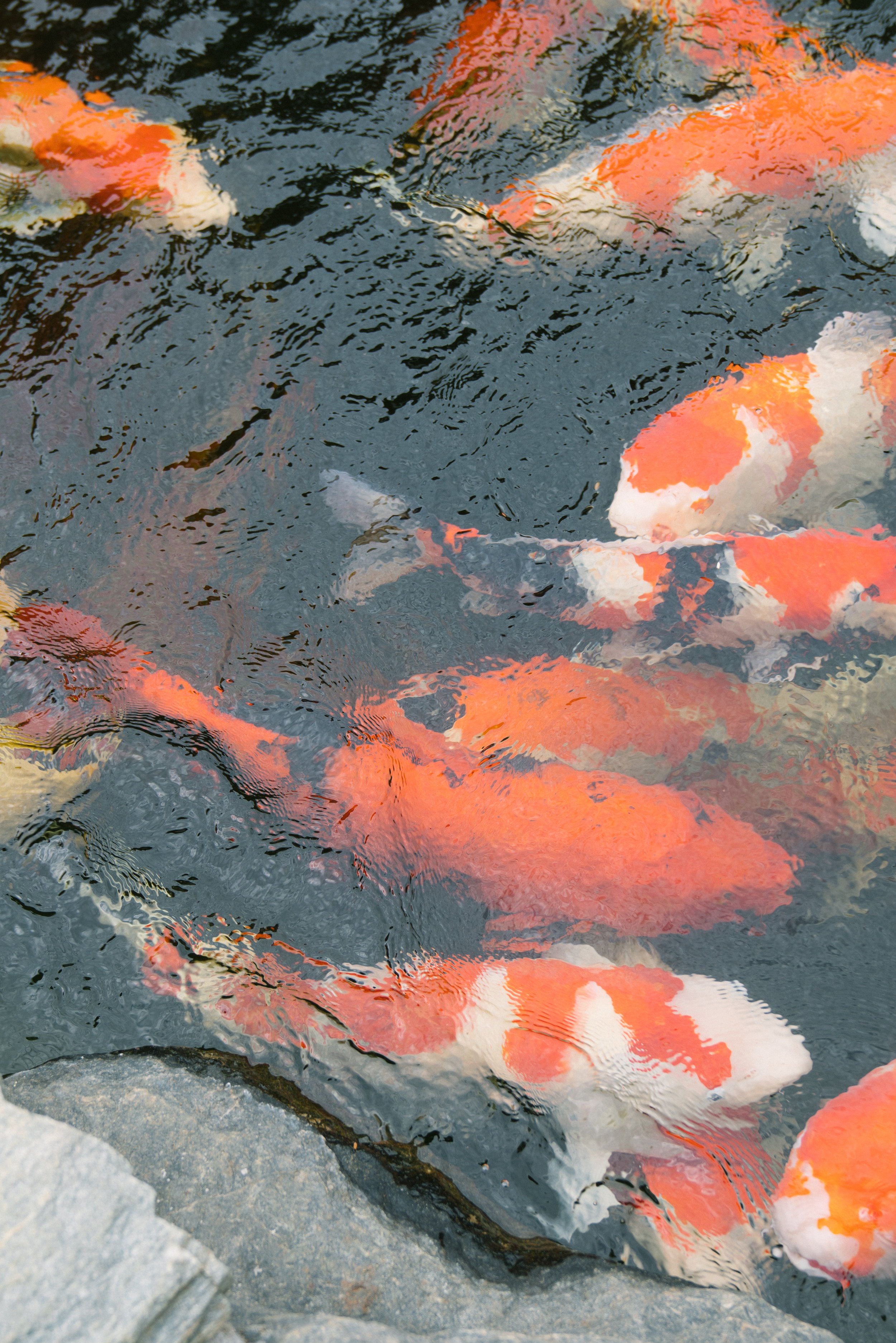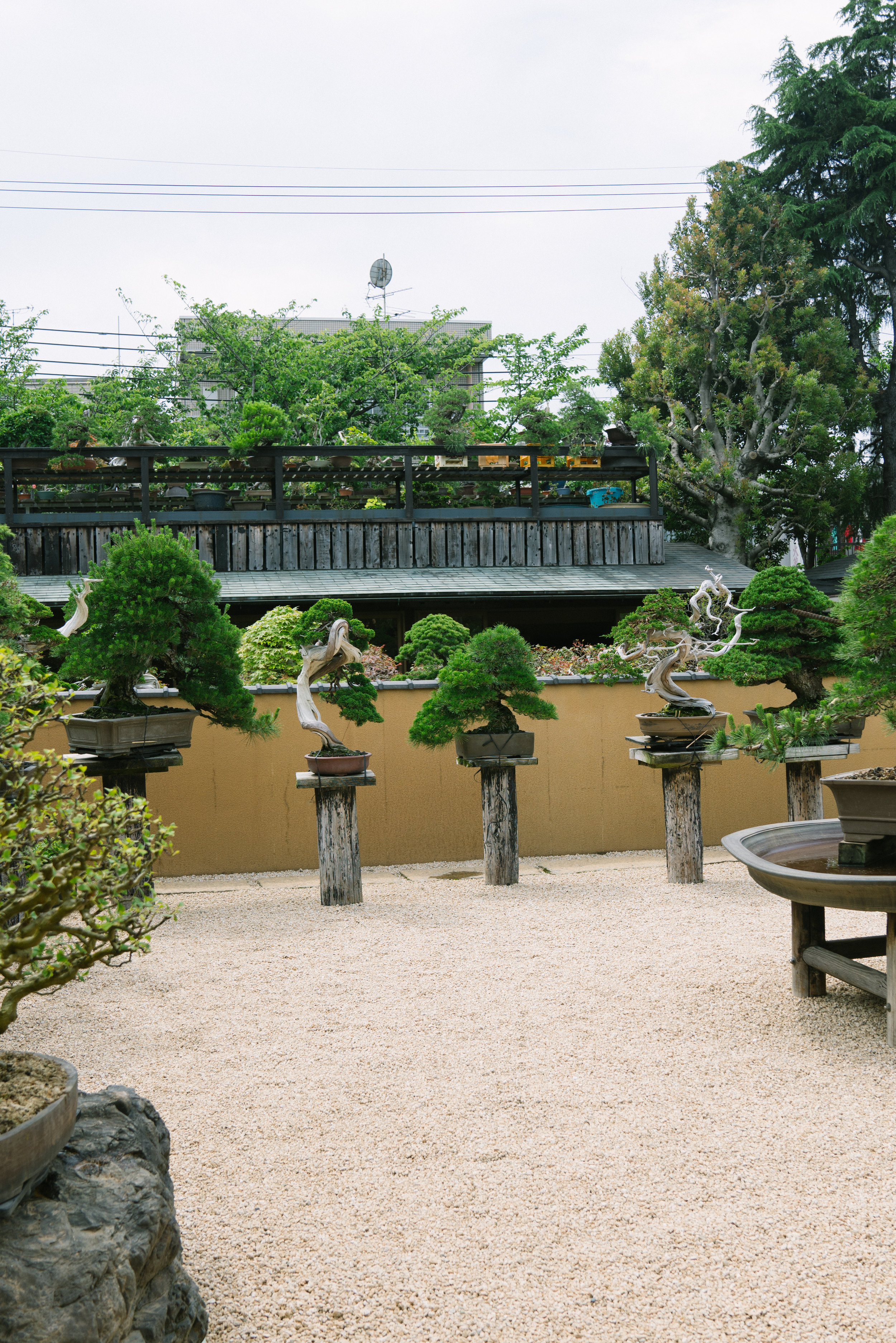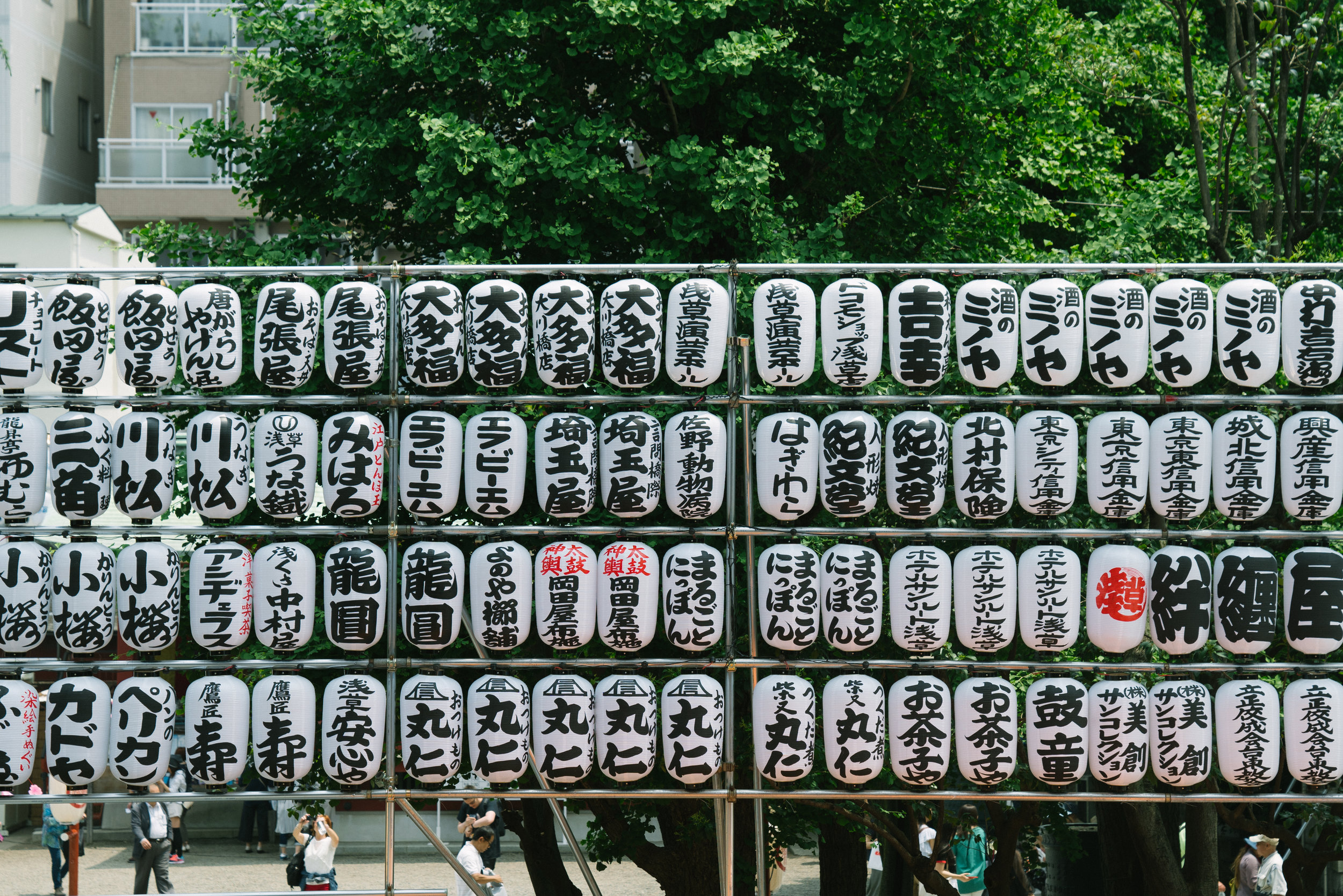Curated Travel: Japan (Tokyo and Kyoto) and Umami

1 week in Japan: (Kyoto and Tokyo) -everything from the Bonsai museum with million dollar trees to the fish market.
Disclosure: This post is not sponsored, but I was brought to Japan to learn about Japanese cuisine and Umami with the umami team at Ajinomoto. I had an AMAZING trip and wanted to share my experience with you all period.
I've been trying to figure out how to capture an entire week in Japan since I got home. Truly, looking back it almost feels like a dream to have been on the other side of the world and then back to the day to day here. In a more succinct effort to share what Japan felt like, we put together a 3 min-ish video from clips I captured during my time. So for the fast version, watch the video.
During the week in Japan, I spent most of my time in Tokyo with a day in Kyoto (a totally different part of Japanese culture). The line up of experiences the team put together were beyond unbelievable. Everything was well curated, worth the time and I'm so glad I got to participate. It was truly a trip I will remember forever.
Let's start off with the flight. It was a 14 hour flight on the way there- direct mind you which was amazing- and Tokyo is 13 hours ahead of EST. It was the total opposite of my circadian rhythm and Chris tried to get me to stay up until 3 AM EST in the days before in an effort to make the transition easier. It did. He's awesome. Always do that. And despite the completely different time schedule, Japan to me in a way, kind of felt like home. Maybe it's the fact it's only one degree of latitude different and has similar plants, or maybe it's seeing familiar items to what I've grown up with in my own home (darumas, lacquer boxes, carvings etc). But all in all, it's pretty weird to feel like that when you can't read or understand the language AT ALL without translation.
We started off the trip learning the basics of umami. For those of you who don't know what umami is, it's the 'fifth taste'. Bitter, sweet, sour, salty and umami. There are receptors on your tongue that taste umami although you and your brain probably recognize it from tasting something "meaty" like mushrooms, ripe tomatoes, aged cheese and yes...also meat. Some of my personal favorite foods are umami and in Japanese cuisine, many dishes start with building umami through dashi (a cooking stock made with seaweed and bonito fish flakes). Through out the trip we saw the importance of dashi reiterated time and time again. Think of it as the chicken stock of Japan- you can use it to build many, many things. Maybe the most striking thing however, is the emphasis of umami as a flavor builder over utilizing fat specifically to make a dish tasty. In several Eurpoean and US cultures, 'tasty' dishes start with butter or are finished with cream or cheese. Also delicious, but umami layering is used frequently in lieu of these techniques.
My biggest and newest introduction to Japanese food culture was the kaiseki dinner (wait... and also sake, but we'll get to that later). It's a multi-course dinner with Japanese dishes. Our first kaiseki dinner was at the Park Hyatt Tokyo on the 41st floor (the highest floor I've ever been on to be honest). It's where Lost in Translation was filmed and at night the lights are stunning. Course after course, the presentation of each dish was a work of art. The choices of dishware and garnish were beyond imagination. Wasabi leaves artfully draped across pottery. Towers of seaweed next to sashimi. And proudly- chopsticks the entire trip unless specifically designated spoons were provided.
After a few days of lots of raw fish (and night one Kara and I ate SO MANY RAW ocean things I never thought possible), we were lucky enough to go to the Tsukiji fish market. It's the largest wholesale fish and seafood market in the world and sadly, the inside market is being demolished this autumn to be rebuilt. I feel thankful we got to head there before it's redone. The market, even in non-peak auction hours can only be described as mayhem. Hundreds of stalls of seafood, small carts and forklifts driving full speed through crosswalks and around people. There's so much to look at, and the seafood is so fresh you want to try everything and head to the kitchen. Which we did- we took a cooking class where we learned how to make all sorts of types of sushi, sashimi, nigiri and temari (the round rice balls). Again, umami made an appearance in using the dashi for seasoning rice, custard, dipping sauce... you name it, dashi is adjusted for all of it. In the photo immediately below, you'll actually see a bag of bonito flakes we picked up for class.
From the fish market we got on the bullet train and headed to Kyoto. And yes. Everything you've heard about Japanese trains is true. They're clean. They're orderly. They're efficient. It was about a 2.5 hour ride and a great way to see different little towns as we passed. It was sadly too hazy to see Mt. Fuji, but I did get to see some beautiful rice paddies. And while we're on the topic of transportation, I have also developed a mild obsession with Japanese taxis and license plates. They're adorable and belong in a Wes Anderson film.
As a Kyoto first timer, the best way I can describe Kyoto is very 'old Japan'. The buildings and scenery is so different from Tokyo. Maybe a decent US comparison is Georgetown in DC vs like a Dallas or mid-town in NYC? Here, we had a kaiseki ryotei (fine dining) dinner, but this time featuring Kyoto techniques and flavor at Kikunoi (an AMAZING experience if you can ever make it happen). As a first timer, the best way I can describe Kyoto flavors vs Tokyo flavors was 'delicate'. Kyoto is well known for it's high quality water (it sits in a valley) which is also why the sake brewed here is so famous.
As a side note, the pond in the photos below was at our Kyoto hotel and is about 800 years old. And like many things in Japan that have been run for 10+ generations, it puts into perspective the dedication families have to their craft and businesses.
On our final day in Kyoto we got to meet up with members of the Japanese Dietetic Association and a 21st generation chef (Shingo Sonobe) of the family restaurant Yamabana Heihachi-jaya. We learned dashi making techniques as well as what the Japanese dietetic association is focusing on to feed an aging population (it involves pureed foods and amazing bento style high end presentation).
From there we headed to Nishiki market, which if you follow anyone who has gone to Kyoto on Instagram...they've probably posted the mini octopus 'lollipops'. No, I did not eat one. But I have been told they have a quail egg inside. We did however, have tofu doughnuts and tofu ice cream.
The rest of our time in Kyoto was fully booked: the Fushimi Inari shrine (head shrine of the god Inari) was only a quick stop, but I hope one day to return to spend a few hours and maybe hike to the top of the trail (which can take about 2 hours). Thousands of vermillion torii gates line the way and it's a truly spectacular sight. Once you see past all the visitors.
We also went to a sake brewery which is very important because Kyoto is Japan's biggest producer of sake owing to the excellent water source. For good sake, you need great rice and great water. In the video you can see the dozen PLUS varieties of sake we tasted. It will truly open your mind to what sake is (for example...did you know there's unfiltered milky looking sake? And sparkling sake?). I brought home a 1 year aged sake which to me, tastes like a congac. It's spectacular.
And just like wine, sake has seasons. To notify people that a new batch of sake is ready, a sugidama (cypress ball) is hung green above the door. It's left up until the next one is hung the following year.
That evening, we headed back to Tokyo and many of us fell asleep on the train. And despite the long days, there is NOTHING I would have changed about the itinerary. Everything gave me such a good understanding of Japanese culture and food. Which is why the next day was even more amazing.
Let me just say this: tea ceremony at the bonsai museum/home of a 4 time top bonsai baster. The Shunkaen bonsai museum is a must see if you're a plant person. Kunio Kobayashi has been named the top bonsai master four different times. That means he has created and nurtured the best bonsai tree in Japan. There are quite literally, million dollar bonsai trees housed here. One was over a thousand years old (that's the one I'm standing next to below). Many were 500-600 years old. And the tea ceremony itself was beautiful, gentle and intentional.
We rounded out the day with a trip to the Edo Tokyo museum next to the sumo arena. Yes we saw sumo wrestlers and you should have seen all the fans waiting for them. This new museum is a good fast look into Japan's history. It's not where you would go to look at art or artifacts, but it will definitely help you understand the building of Japan. But don't think we didn't have fun, because that night we had dinner on a house boat (Yakatabune dinner) and it was SO FUN. We had the boat to ourselves and had a slightly more casual dinner with tempura while cruising the bay in Tokyo. And then the karaoke started. Two songs in someone sang Celine Dion from Titanic and once you cross that bridge there's no turning back. So I did my first karaoke (when in Tokyo...) and proceeded to go out with a few people that same night to a local karaoke bar for another few hours.
Friday was our final day in Japan and the week flew by in retrospect. When I arrived on Sunday I thought, wow there's so much time ahead...and then all of a sudden it was time to go home. We started at Asakusa to visit a shrine and proceeded to take rickshaw rides around the town. Asakusa was busy and full of insense and beautiful in its own way. Even the ads (below) were good looking. From there we headed to Kappabashi (the kitchen district) for Ramen Aoyama. We had been begging for ramen during this trip and the team so nicely switched our lunch plans to head to this small shop. Kappabashi is a food and kitchen lover heaven. There are hundreds of small shops with everything you could possibly think of. I left with several bowls, chopsticks, and yes...a taiyaki pan (fish shaped cake pan).
After Kappabashi we went to Ginza, which is where you want to go if you want to get a lot of shopping done in a small amount of time. There are, like every city, lots of branded stores you can find all over the world but there are also some specifically Japanese stores you have to stop by. Mitsukoshi department store is 8 levels of magic. The bottom two layers are a high end food court. The middle is, yes, more global brands, but you want to go to the top level to the "Japan floor" and work your way down. The Japan floor is what I wanted: things unique to the area I couldn't get other places. The second store you have to go to is only a few doors down: Itoya. Again, multiple levels of everything stationary and planners. It's heaven if you're into it, multiple hours of hell if you don't like stationary and are with someone who does.
Our final dinner together in Japan was at Edition Koji shimomura. This was possibly my favorite meal of the trip. The chef creates Japanese French fusion food that, in my opinion balances out what I like best about both types of cuisine. It was light but comforting to a Western palate and everything was so thought out. The chef came to talk to us about some of the ingredients: he used rice pulp from sake production (amazing) to make a sort of grissini. If you can get a reservation here, it's another highly recommended stop.
To be honest, I'm not sure how to wrap up this post. I look at this and can't decide if it's too long or not long enough. All I know is I'll likely head back to Japan at some point with Chris. And that I miss the really good sushi and sake at every meal.
Dietitian Nutritionist and cookbook author sharing flavor-forward recipes and simplified science-driven wellness.


















